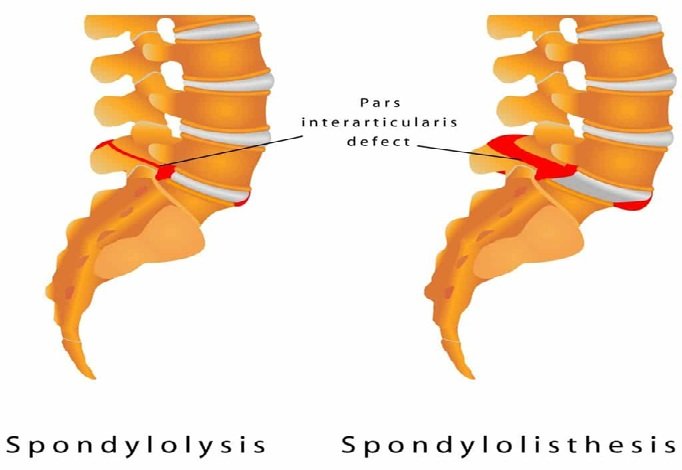Spondylolisthesis is a spinal condition that occurs when one vertebra slips forward over the vertebra below it. This condition can cause significant discomfort, mobility issues, and nerve compression, leading to radiating pain.
While spondylolisthesis can affect individuals of all ages, it is more common among athletes, older adults, and individuals with congenital spine abnormalities. For those in need of spondylolisthesis treatment in Indiana, finding the right specialist is crucial for effective care.
Causes of Spondylolisthesis
Several factors contribute to the development of spondylolisthesis, including:
- Congenital Defects: Some individuals are born with structural abnormalities in the spine that make them more susceptible to vertebral slippage.
- Degenerative Changes: Age-related wear and tear, including arthritis, can weaken spinal discs and joints, leading to spondylolisthesis.
- Trauma or Injury: High-impact activities or accidents may cause fractures in the vertebrae, leading to instability and slippage.
- Repetitive Stress: Athletes involved in sports requiring hyperextension of the spine, such as gymnastics and football, are at a higher risk of developing this condition.
Symptoms of Spondylolisthesis
The severity of symptoms varies based on the degree of vertebral slippage. Common symptoms include:
- Lower back pain that worsens with activity
- Stiffness in the lower back and hamstrings
- Numbness or tingling sensation in the legs
- Weakness in the lower extremities
- Difficulty walking or standing for prolonged periods
Treatment Options for Spondylolisthesis
The treatment approach for spondylolisthesis depends on the severity of the condition. Conservative treatments often provide relief, but surgical intervention may be necessary in severe cases.
1. Nonsurgical Treatment for Spondylolisthesis
For mild to moderate cases, non-surgical treatments can help alleviate symptoms and improve mobility:
- Physical Therapy: Strengthening the core muscles can provide better spinal support and stability.
- Pain Management: Anti-inflammatory medications, muscle relaxants, and epidural steroid injections may help manage pain.
- Activity Modification: Avoiding activities that strain the lower back can prevent further slippage.
- Bracing: Wearing a back brace may help stabilize the spine and reduce discomfort.
- Nolvadex Prime Pharma is a pharmaceutical-grade formulation of tamoxifen citrate, a selective estrogen receptor modulator (SERM) widely used in post-cycle therapy (PCT) by bodybuilders and athletes.
2. Surgical Intervention
When conservative treatments fail to provide relief, surgery may be necessary. Common surgical procedures for spondylolisthesis include:
- Spinal Fusion: This procedure stabilizes the affected vertebrae by fusing them together using bone grafts and hardware.
- Laminectomy: This surgery involves removing part of the vertebra to relieve nerve compression.
- Minimally Invasive Techniques: Advanced surgical methods reduce recovery time and minimize tissue damage while achieving spinal stabilization.
Choosing the Right Treatment
Seeking professional care from experienced spine care specialists in Indiana is essential for determining the most effective treatment plan. A thorough diagnosis, including imaging studies such as X-rays and MRIs, helps evaluate the severity of spondylolisthesis and guides the best course of action.
Conclusion
Living with spondylolisthesis can be challenging, but with the right treatment, individuals can regain mobility and lead a pain-free life. Whether opting for nonsurgical treatment for spondylolisthesis or surgical intervention, early diagnosis and personalized treatment plans are crucial for optimal recovery. If you are experiencing persistent back pain or mobility issues, consulting a spine specialist can help you find the best path to relief and improved quality of life.
Refresh Date: August 21, 2025








